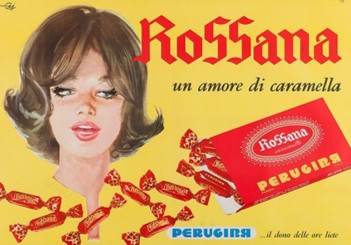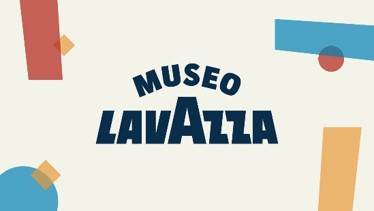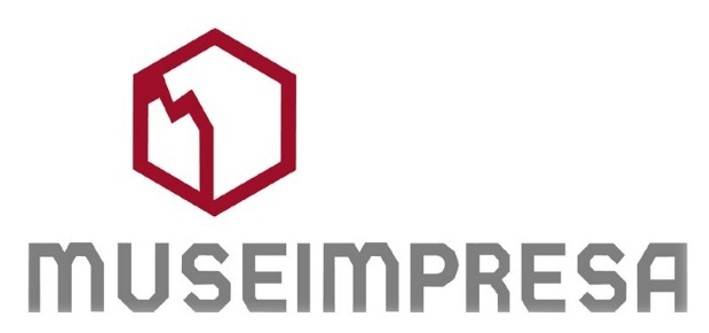DEFINITION
Heritage marketing concerns all marketing activities promoted by the company aimed at positioning and communicating the brand through its history, leveraging on the symbolic and emotional elements connected to it.
It is essentially related to the company’s ability to transmit its identity and culture to different clusters of customers, by enhancing the experiences that have made brands and products unique and distinctive.
(www.glossariomarketing.it/significato/heritage-marketing/).
EXTERNAL BENEFITS

Heritage marketing can be a powerful communication strategy with tangible and intangible benefits for companies.
External benefits are related to identity, solidity, trust building, preservation of memory, promotion of products traditionally rooted in a specific area.
INTERNAL BENEFITS
Heritage marketing could be chosen by companies as a powerful tool not only aiming at improving the linkages with external stakeholders but also at consolidating the sense of belonging of internal stakeholders, by strengthening the identity of the company, by proving its solidity and by creating a general sense of trust (Martino, 2013; Burghausen & Balmer, 2014; Riviezzo et al., 2016).
THE STRATEGIC APPROACH 1/2
The heritage marketing strategy is at the same time a brand strategy and a relational marketing strategy.
As a brand strategy, heritage marketing is aimed at strengthening the brand identity and positively affecting the brand awareness and the brand loyalty.
As a relational marketing strategy, its main aim is to leverage the company’s historical heritage and the identity it contains in order to establish a relationship based on empathy and trust with consumers. In fact, heritage is a concept which links the present, the future and the past by making the latter relevant for contemporary activities and objectives (Balmer, 2011).
THE STRATEGIC APPROACH 2/2
As a strategy, heritage marketing can be implemented in 4 phases.
(Garofano et al., 2017; Napolitano et al., 2018)

HERITAGE MARKETING TOOLS 1/3
Heritage marketing develops a series of activities aimed at strengthening the image and reputation of a company through the enhancement of its historical heritage, such as special events, books, archivers, or museums, to collect, organise and communicate corporate culture and values to internal and external stakeholders.
To do it, it takes advantage of the power of storytelling to arouse emotions and memories related to customers’ personal history as well as to the company’s history: the customer is stimulated to recall the stories and memories that are related to the products of the company and ends up identifying part of himself/herself and his/her history with them.
HERITAGE MARKETING TOOLS 2/3
Considering the corporate functions, heritage marketing tools can be divided into 4 main categories (Riviezzo et al., 2016).

HERITAGE MARKETING TOOLS 3/3
Considering the way how storytelling is used, heritage marketing tools can be divided into 4 main categories (Napolitano et al., 2018; Montemaggi & Severino, 2007).

STORYTELLING THROUGH WORDS, IMAGES, SOUNDS
This category includes classic and digital media.



STORYTELLING THROUGH PRODUCTS AND BRAND
This category includes product processing, raw materials, distinctive competences, icon products and heritage branding, visual identity, packaging, merchandising and retrobranding, which aim to the emotional involvement of the customers though the re-evocation of feelings and images of the past.



STORYTELLING THROUGH EVENTS AND RELATIONSHIPS
This category includes anniversaries’ celebrations, temporary exhibitions, workshops, participation to others’ events, cultural events, sponsorships, associationism., etc.


STORYTELLING THROUGH PLACES
This category includes historical archives, corporate museums, factory tours, industrial archaelogy, shops, historical buildings, etc.



HISTORICAL ARCHIVES
The historical archive is a particularly widespread tool of heritage among the most long-lived companies; through the archive, the company collects and organizes the company’s assets to make them available to the public; it is useful to promote the company’s image as much as possible externally, communicating traditions, values, corporate culture, as well as internally, to disseminate its philosophy and mission.



CORPORATE MUSEUMS
Corporate museums could give a significant contribution in preserving the memory of companies and promoting local products and activities traditionally rooted in a specific area. They can witness the social and economic history of a local culture and produce tangible and intangible usefulness for a wide range of subjects.
In the corporate museum, as the company has temporal and geographical roots, the brand can play a double heritage role as a point of reference in society and being representative of a territory (Chaney et al., 2018; Pulh, 2019).



THE CASE OF MUSEIMPRESA
An attempt to identify Italian corporate museums has been done by Museimpresa, the Italian association of business archives and museums aiming at creating a network of companies promoting their corporate heritage through corporate communication strategies (Assolombarda, 2003; Rossato 2013).
This database, even if partial as it does not include all Italian corporate museums, provides a general overview that currently counts of 46 archives and 47 museums divided into 6 main categories: food and wellness, design, economy and society, fashion, engines, research and innovation.

